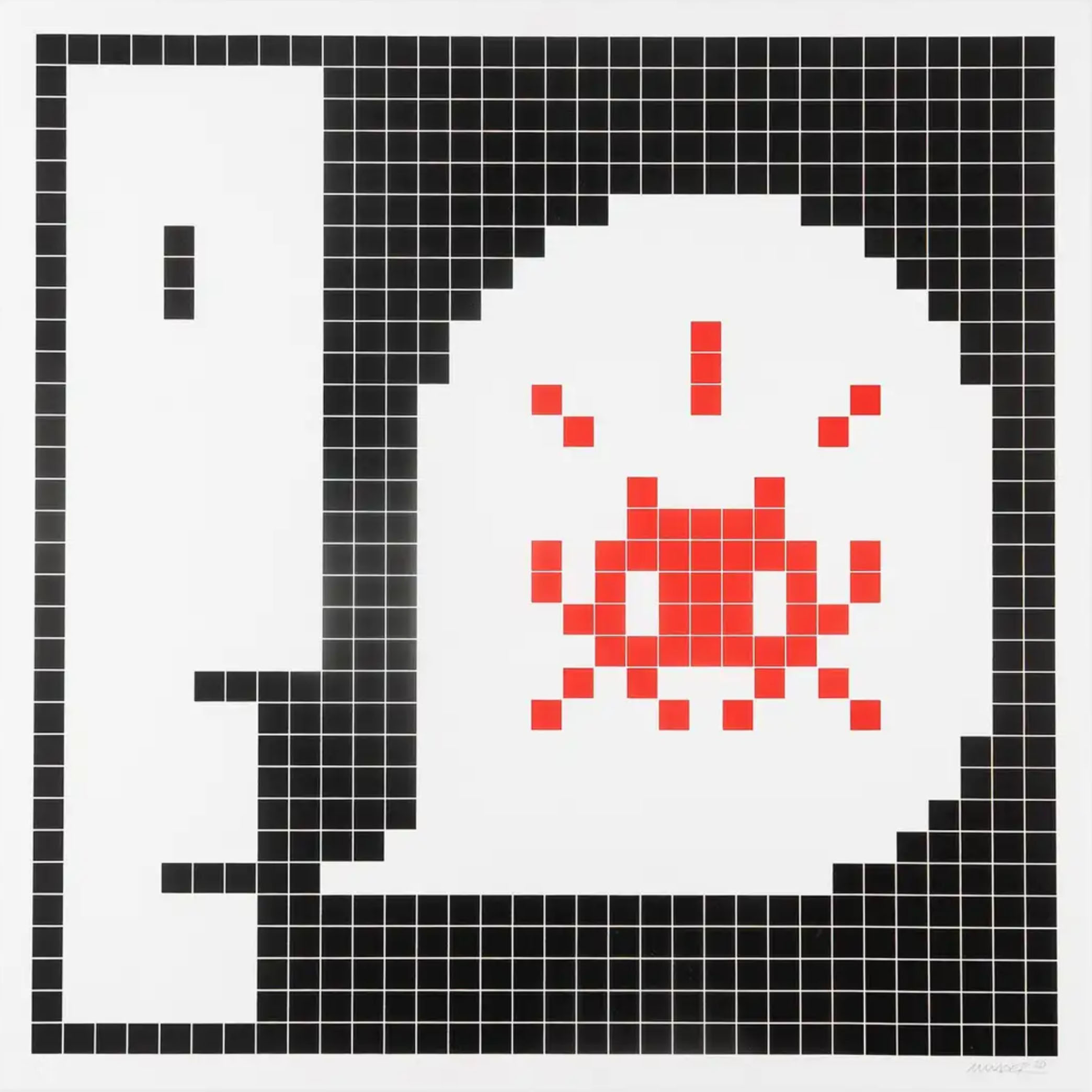‘NIERIKA’ is the latest work by the Spanish art collective Boa Mistura in Guadalajara, Mexico. Their latest project spanned across almost 5000 square meters distributed between three buildings, two facades and a huge floor. The plaza area is surrounded by social housing and the area is in need of renovation.
In January 2017 Spanish art collective Boa Mistura worked with the local community for this huge project. They carried out surveys that inspired two lines of text, then put these to the neighbourhood for a majority vote.
The project began in November 2017. They hired the help of the local unemployed community, volunteers, as well as students from the University of Guadalajara.
The work is based on the Wixáritari (“the people”), who are indigenous people living in the Sierra Madre Occidental range in the Mexican states of Nayarit, Jalisco, Zacatecas, and Durango. The adjectival form of Wixáritari and name for their own language is Wixárika.
The mural is called ‘NIERIKA’, and is the transgenerational mirror of the wixaricas. An amalgam of energy that prolongs the wisdom of the ancestors in the following generations, and guiding them to build the future.
“The Niérika allows the Wixaritari to put order in their daily life, to live in unity in a world in which, otherwise, it would be chaotic and unpredictable. It also allows them to relate the present with the past, and, for this reason, it allows them to live with awareness of their history and know that they are the ones who will design their own future ” Luz Chapela
FUI, SOY, SERÉ (I am, I was, I will be) are the words that shout from the three facades that surround the plaza, and that represent the strength of the identity of the Mexican people. The words represent the richness of their past, the strength to keep it alive in the present and the knowledge to keep their identity in the future.
In the project, two of the main instruments to access the Nierika are also represented. On the two central facades, the peyote, or Hi’íkuri in the Wixárika culture, a small, spineless cactus with pink flowers with thigmotactic anthers, is the main inspiration for these walls.
Its is known for its psychoactive properties when ingested. Peyote has a long history of ritualistic and medicinal use by indigenous Americans. Its ritual consumption is associated with the ability to see, to understand the world from the divine revelations. It provides a way to understand the world beyond the obvious.
On the floor of the square, the Tsi + kri, a Nierika of utmost importance. Legend has it in wixárika that Kayumarie, one of the gods of creation, looked through the Tsik + ri to see the world in its entirety, and knew that it was exactly what he wanted to create. It also serves as a guide and as an element of protection.
The work has been possible thanks to the support of the Madrid City Council, Guadalajara City Council, FIL Guadalajara, Pinturas Prisa and, in particular, to the unconditional support of the residents of the Infonavit Independencia Housing Unit and the volunteers of the University of Guadalajara.
The neighbourhood now have an area that symbolises their identify beautifully.














